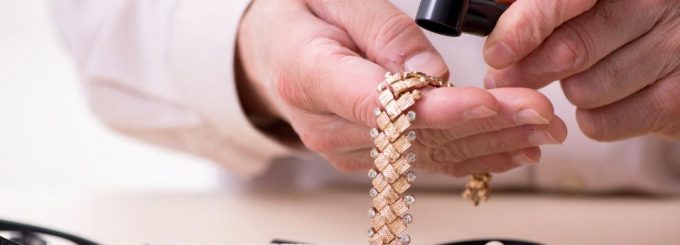Secrets of the Appraisal Room: How to Assess the Value of Your Treasures

Whether you’ve inherited a family heirloom or acquired a piece at a local auction, understanding how to assess the value of your treasures is essential. This process is more than just looking up an item’s price online. It involves a detailed examination of various factors, each contributing to an object’s worth. Here, we’ll share the secrets of the appraisal room to help you determine the actual value of your collectables.
The Foundation of Value
The condition of an item is often the first thing an appraiser evaluates. Items in pristine, original condition are generally more valuable than those showing signs of wear, damage, or repair.
For instance, a vintage watch with its original, unblemished dial and intact mechanical parts will be more sought after than one with visible scratches or replaced components.
How Uniqueness Influences Worth
Rarity plays a pivotal role in determining the value of an item. The fewer pieces there are of a particular piece, the more valuable they become. This scarcity can stem from limited production runs, historical events, or even the destruction of similar items over time.
By way of example, half dollars from specific mint years with limited surviving examples can command a significant premium. The key is to research how many similar items exist and what condition they are in.
Tracing the History of Your Items
An item’s provenance, or ownership history, can significantly impact its value. Items that can be traced back to famous individuals, significant events, or notable collections often have higher desirability.
Provenance not only adds a narrative to a piece but also reassures buyers of its authenticity. Imagine owning a piece of coin jewelry once part of a well-known collection; the story behind it could make it more valuable than a similar, nondescript item.
Documentation, such as previous auction results, receipts, or certificates, is crucial in establishing provenance and should be preserved with care.
Ensuring Your Treasures Are Genuine
Ensuring the authenticity of an item is another critical step in the appraisal process. Authentic items are naturally more valuable than reproductions or forgeries. Appraisers authenticate pieces by examining materials, craftsmanship, maker’s marks, and other identifying features.
To give you an idea, verifying the authenticity of a gold coin involves checking for specific hallmarks, weight, and the minting process.
Understanding Current Trends
The value of an item is also heavily influenced by current market demand. Market trends can shift based on a variety of factors, including economic conditions, collector interests, and even popular culture. By researching recent auction results and sales data, you can gauge the market demand for similar items.
To demonstrate, vintage watches might see a surge in interest due to a renewed appreciation for classic craftsmanship. Similarly, certain coin types can fluctuate in value based on market speculation and collector enthusiasm.
The Appraisal Process
An appraisal begins with a thorough inspection, where the appraiser examines the item’s condition, materials, and any identifying marks. Following this, extensive research is conducted to understand the item’s history, maker, and comparable sales.
This research helps in establishing a fair market value, taking into account factors like insurance and replacement costs. The final step is the valuation, where all gathered information is synthesized into a detailed report.
At Coin Exchange, we offer a wide range of services to help you assess the value of your treasures. Whether you’re looking to buy, sell, or simply learn more about your collection, our team of experts is here to assist. With over 30 years of combined experience, we provide certified appraisals, grading, and authentication services to ensure your items are accurately valued.


